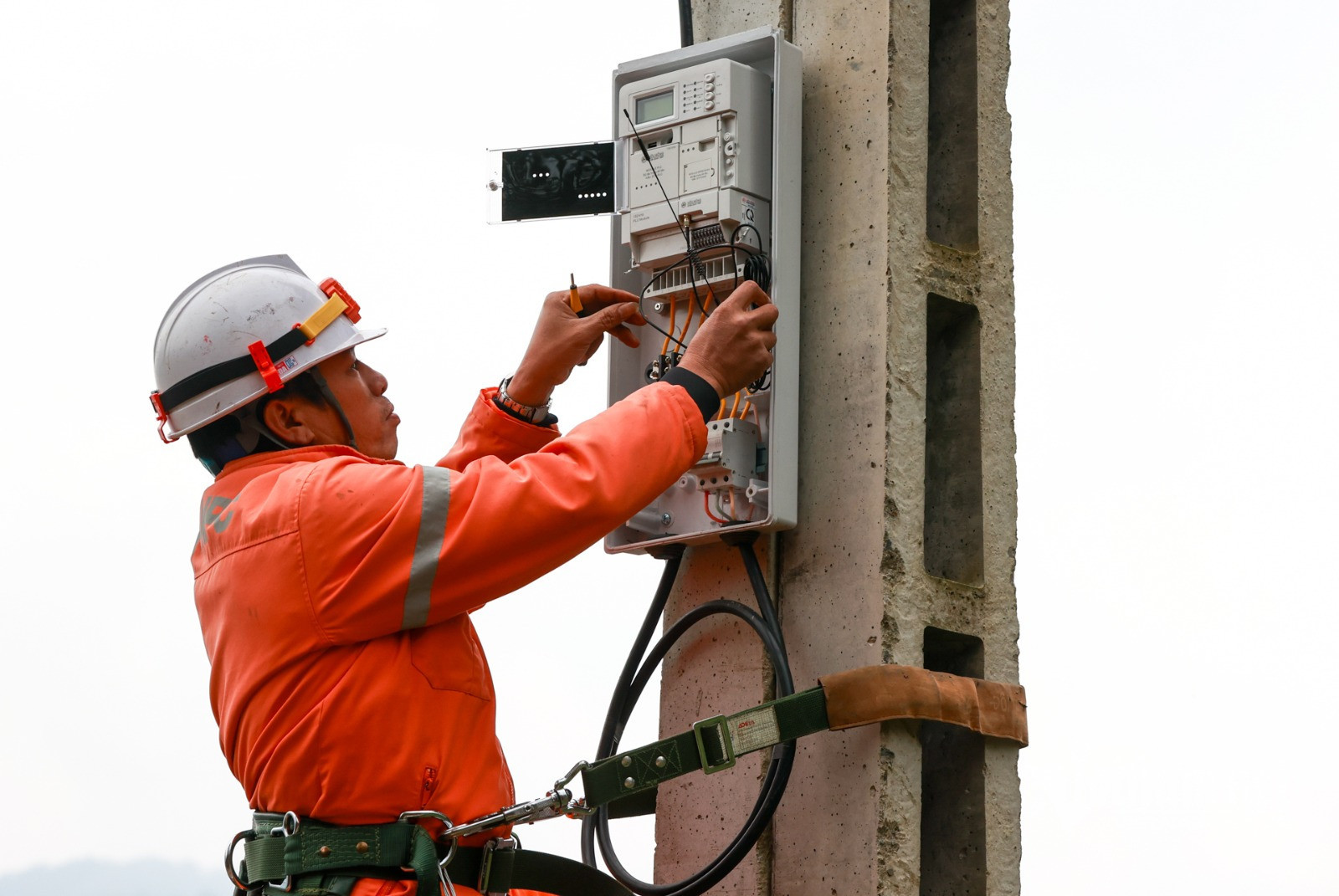
The Vietnam Electricity Corporation (EVN) has reported to the Ministry of Industry and Trade regarding the proposal titled "Developing a Two-Component Electricity Pricing System (Capacity Price and Energy Price) and Implementation Roadmap for Vietnam's Power Sector."
EVN stated that their consultant suggested January 1, 2025, as the optimal date for implementing the two-component electricity pricing system, provided that the trial phase is conducted and completed as planned.
The initial target group includes industrial customers purchasing electricity directly from EVN, encompassing high-voltage (110 kV and above), medium-voltage (6 kV to under 110 kV), and low-voltage (below 6 kV) users.
As per Decree No. 137/2013/ND-CP and Decision No. 28/2014/QD-TTg, the application, roadmap, and target users for the two-component pricing must be approved by the Prime Minister and guided by the Ministry of Industry and Trade.
The need for a new pricing structure
EVN emphasized that transitioning from the current single-component electricity pricing to a two-component system requires careful consideration and an appropriate roadmap.
Currently, the direct power purchase agreement (DPPA) mechanism has only been applied to a limited number of customers and not across the entire system. Thus, selecting customer groups under the DPPA mechanism, as outlined in Decree No. 80/2024/ND-CP, should be approached cautiously for this phase.
The consulting firm proposed that the fixed price component be adjusted according to the Consumer Price Index (CPI), while the variable price component would align with average retail electricity price changes. However, EVN noted that retail electricity prices are already regulated under Decision No. 05/2024/QD-TTg (dated March 26, 2024). Therefore, automatically adjusting the fixed price annually may not be suitable.
EVN suggested that both the capacity price and energy price be adjusted in line with changes in the average retail electricity price, within a range of ±2% from the rate specified in the two-component pricing model, as stipulated in Decision No. 28/2014/QD-TTg.
Implications of the new pricing model
EVN highlighted that reforming the retail electricity pricing mechanism should be carefully considered amid Vietnam's ongoing transition to a market-oriented power generation, wholesale, and retail system. The two-component pricing model could have mixed effects on different customer groups, potentially leading to increased or decreased costs compared to the current single-component system.
“This shift could elicit mixed reactions from the public, which may be exploited or misinterpreted if not properly understood. Thus, communication efforts will be crucial to build consensus,” EVN advised.
Currently, Vietnam uses a single-component pricing structure based solely on energy consumption. By contrast, many countries have adopted a two-component pricing model.
Analyzing the potential impacts, Nguyen Minh Duc from the Vietnam Chamber of Commerce and Industry (VCCI) noted that this change could reduce cross-subsidization between customer groups, an issue that has long been a concern.
Additionally, it would discourage customers from registering high capacities that go unused or projects that require significant electrical infrastructure investments (such as power lines and substations) but delay consumption for years, resulting in wasted resources. These costs are then unfairly distributed among other customers.
“Moreover, price adjustments would become more flexible since energy prices fluctuate significantly while investment costs change at a slower rate,” Duc explained.
Tam An